How To Remove Semi Permanent Hair Dye: 4 Simple Ways At Home
Bid 'goodbye' to that unwanted color on your mane with some natural ingredients.

Image: Shutterstock
Semi-permanent hair dye is easy to color your hair without damaging hair cuticles as these molecules will not penetrate the hair. This is an easy way to color your hair, and you can experiment with various colors as they are easy to get rid of. Semi-permanent hair dyes are becoming popular as a substitute for permanent hair colors. Read this article to know how to remove semi-permanent hair dye at home. Scroll down.
In This Article
What Is Semi-Permanent Hair Color?
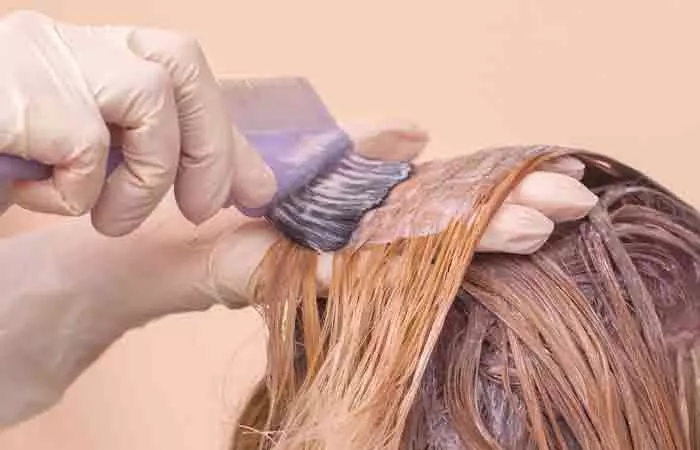
Semi-permanent hair color is a great way to switch up your hair color without damaging the strands. Along with other hair treatment products, semi-permanent hair dye can be used to achieve unique and creative hairstyling looks. Unlike permanent colors, this hair dyeing product is a gentle option that does not penetrate your hair but rather coats it. It does not contain harsh chemicals, such as hydrogen peroxide and ammonia, which can damage your hair and affect your health.
Semi-permanent dyes are generally applied after shampooing and drying the hair. The product is kept on the hair for about 20 minutes before rinsing thoroughly.
 Quick Tip
Quick TipSince it fades with each wash, getting rid of semi-permanent hair dye is not too hard. Here are some ways to remove semi-permanent hair color at home.
Key Takeaways
- Semi-permanent hair color allows you to dye your hair without harming the cuticles because the molecules do not permeate the hair.
- Semi-permanent hair dye is commonly used after shampooing and drying the hair. The product should be left on the hair for around 20 minutes before rinsing.
- Some methods for removing semi-permanent hair color at home include shampoo and baking soda, vitamin C and warm water, and a vinegar rinse.
- It is important to note that some color may remain on the hair. Also, people should follow up with a hydrating conditioner or hair mask to soften and smooth the cuticles.
Simple Ways To Remove Semi-Permanent Hair Dye
1. Shampoo And Baking Soda

You can remove hair color with baking soda. Anecdotal evidence suggests baking soda may help cleanse product buildup from the hair. Since semi-permanent hair colors sit on your strands rather than seeping in, this ingredient works perfectly to remove them.
You Will Need
- 1 tablespoon of baking soda
- 1 tablespoon of shampoo
Directions
- Mix the baking soda and shampoo.
- Apply this mixture to wet hair.
- Rinse your hair thoroughly.
Note: Whether you require less or more of this mixture, remember to add the ingredients in equal parts.
Claire Lancaster, a blogger, recounted her experience of using baking soda and dandruff shampoo to remove hair dye in her blog. She said, “As I was washing the paste off my hair, I noticed the water had turned pink, and I could literally see the paste stripping my hair of the pink hair dye. I found it really effective and after doing this to my hair every time I washed my hair for about 3 days, my hair was basically back to blonde (i).”
2. Vitamin C And Warm Water
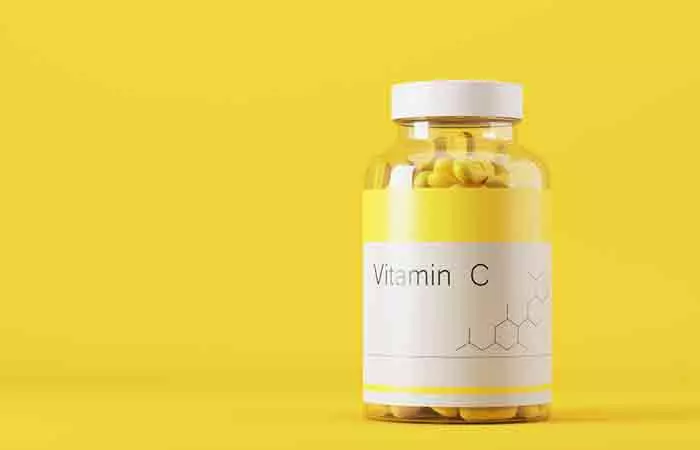
Powdered vitamin C is a popular hack used by beauty bloggers to lighten the hair color. Vitamin C can slow down the process that makes melanin, the pigment that gives color to hair, by reducing the activity of the enzyme tyrosinase (1). Therefore, it might lighten hair color over time. However, this effect is not as well-documented or significant in hair as it is in skin.
You Will Need
- Vitamin C tablets
- Warm water
Directions
- Crush the vitamin C tablets and mix them with warm water.
- Apply this paste to your hair and let it sit for an hour.
- Wash your hair thoroughly with room temperature water.
- Repeat the process after two days.
Note: You can also add crushed vitamin C tablets to your shampoo.
3. Vinegar Rinse
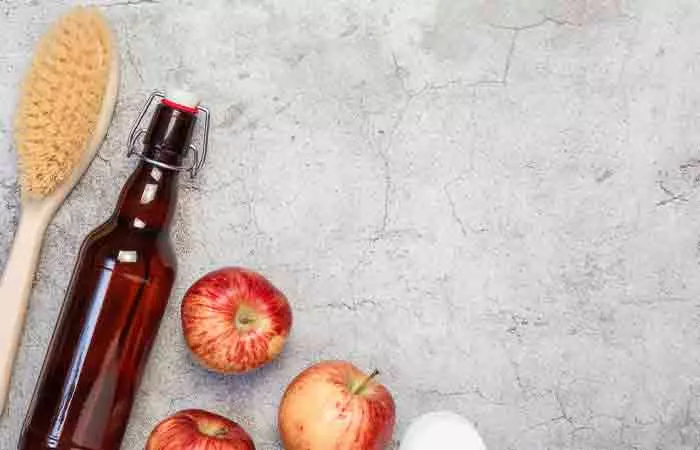
Anecdotal evidence suggests that using vinegar to remove hair dye is a natural method that can help fade unwanted color while being gentle on your hair. Washing your hair with vinegar may help eliminate buildup and hair dye, leaving your scalp clean and refreshed. An apple cider vinegar rinse can add shine to your hair and make it healthy (2).
You Will Need
- Apple cider vinegar
- Warm water
Directions
- Mix equal parts of apple cider vinegar and warm water.
- Shampoo and condition your hair.
- Saturate your dyed hair with the mixture.
- Leave it on for 15-20 minutes and rinse your hair.
- Repeat the process twice a week for desired results.
4. Clarifying Shampoo
Clarifying shampoos may not completely get rid of the color, but they can help lift it from your hair and fade it without causing damage or breakage. Make sure to follow up with a conditioner as these shampoos can strip the natural oils of your hair and make it dry.
 Quick Tip
Quick TipThese methods for removing semi-permanent hair color are safe and effective, as they use gentle ingredients like baking soda, vitamin C, and apple cider vinegar. They work by gradually fading the color without causing significant damage to the hair. However, some extent of hair dryness is expected. These tips are based on anecdotal evidence rather than extensive scientific studies on the ingredients. So, it is important to be cautious, especially since some people may experience allergies or skin reactions to baking soda or vinegar. Always perform a patch test before application to avoid severe adverse effects.
Remember that these remedies might not work equally for everyone, as individual hair types and dye colors can affect the results. Read on to learn more about it.
How Hair Type And Dye Color Affect Removal
The effectiveness of these methods can vary to some extent depending on your hair type and the color of the dye used. Here’s how and why:
- Hair Type: Thicker or more porous hair can easily hair absorb color and carry dye molecules deep into the hair (3). Therefore, it may hold onto the dye longer, making it harder to remove. Fine or less porous hair may lose its color more easily.
- Dye Color: Darker or more vibrant dyes often require more time and repeated treatments to fade completely. Lighter or pastel shades generally fade quicker, as they deposit less pigment on the hair.
Knowing your hair type and the dye color can help set realistic expectations and customize the removal process for the best results. You may also consult a professional hairstylist to seek advice regarding this.
Infographic: How To Remove Semi-Permanent Hair Color
If you are unhappy with your semi-permanent hair color and are looking for easy DIY solutions to remove it, follow the simple and effective homemade recipes listed below. Check out the following infographic to learn some easy DIY recipes that you can use to bid farewell to those unwanted shades.
Some thing wrong with infographic shortcode. please verify shortcode syntaxSemi-permanent hair dye, which is free from harmful chemicals, does not penetrate the hair cuticles but only coats the strands. Hence, it does not harm your hair. The color keeps fading with each wash, so it is easy to get rid of it. Ideally, with its long-lasting formula, this type of dye lasts between six and eight weeks, depending on your hair type, enabling you to try different colors. However, if you want to learn how to remove semi-permanent hair dye sooner, use shampoo and baking soda, vitamin C and warm water, or rinse your hair with vinegar.
Frequently Asked Questions
Is it safe to use semi-permanent hair dye on damaged hair?
Yes, using semi-permanent hair dye on damaged tresses is generally considered safe as it lacks harsh chemicals. However, always condition the hair before dyeing to minimize further damage as any hair coloring process can cause some level of strain on the hair strands. Further, also ensure giving your hair enough nutrition and gentle care after the dyeing process.
How long does semi-permanent hair dye last?
Semi-permanent dyes last for about a month to 45 days with the right hair care routine, and as a temporary option these dyes give people the flexibility to experiment with various hair styling options and the latest fashion trends.
Which is better: permanent or semi-permanent hair dye?
Permanent dyes last longer but contain harsh ingredients that damage your tresses. Semi-permanent dyes are a healthier alternative as they have fewer harsh ingredients.
Which lasts longer: semi or demi-permanent hair color?
While demi-permanent hair dyes last for about 30-35 hair washes, semi-permanent dyes last for about 6-10 washes.
How often can you dye your hair with semi-permanent dye?
Semi-permanent hair dyes do not penetrate your hair strands and can be reapplied as often as every other week.
Is toner the same as semi-permanent hair color?
No, a toner removes brassy orange and yellow tints from your hair color.
Learn how to remove semi-permanent hair dye quickly and easily with this helpful tutorial! Get rid of that unwanted color and restore your hair’s natural look with the video below. Give it listen now!
Personal Experience: Source
StyleCraze's articles are interwoven with authentic personal narratives that provide depth and resonance to our content. Below are the sources of the personal accounts referenced in this article.
i. Semi Permanent Hair Dye Removing Tip: Baking Soda and Dandruff Shampoo https://paradisespice.wordpress.com/2015/06/21/semi-permanent-hair-dye-removing-tip-baking-soda-and-dandruff-shampoo/References
Articles on StyleCraze are backed by verified information from peer-reviewed and academic research papers, reputed organizations, research institutions, and medical associations to ensure accuracy and relevance. Read our editorial policy to learn more.
- The effect of Vitamin C on melanin pigmentation – A systematic review
https://pmc.ncbi.nlm.nih.gov/articles/PMC7802860/ - Preparation and optimization of garlic oil/apple cider vinegar nanoemulsion loaded with minoxidil to treat alopecia
https://pmc.ncbi.nlm.nih.gov/articles/PMC8706394/ - Porosity at different structural levels in human and yak belly hair and its effect on hair dyeing
https://pmc.ncbi.nlm.nih.gov/articles/PMC7248950/
Read full bio of Shantella Rios
Read full bio of Arshiya Syeda
Read full bio of Ramona Sinha
Read full bio of Medha Deb







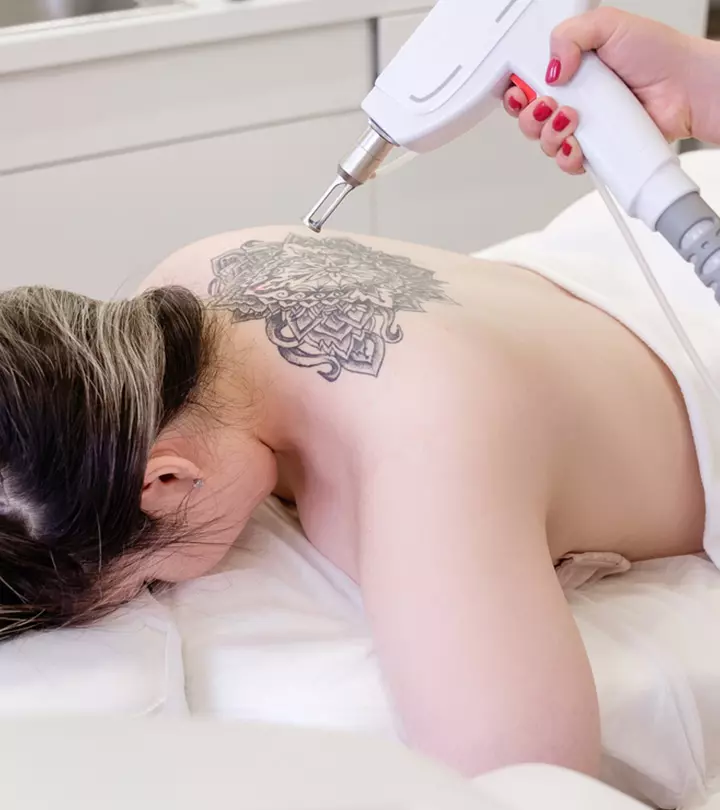
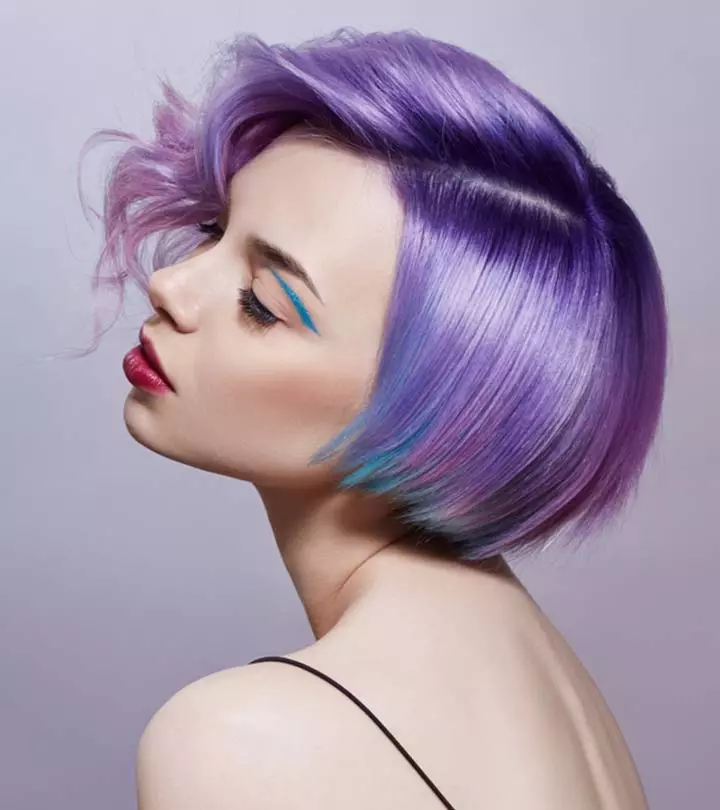


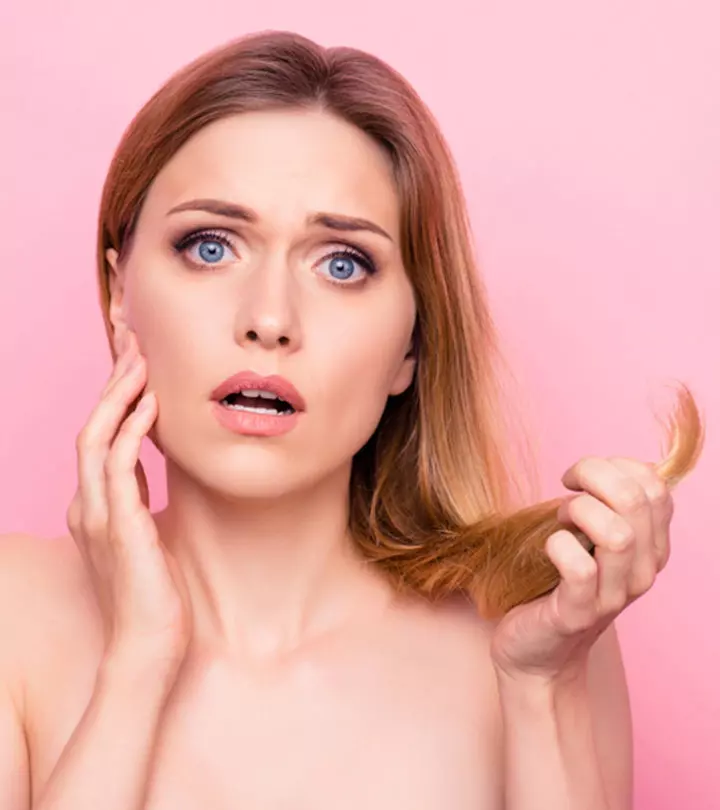
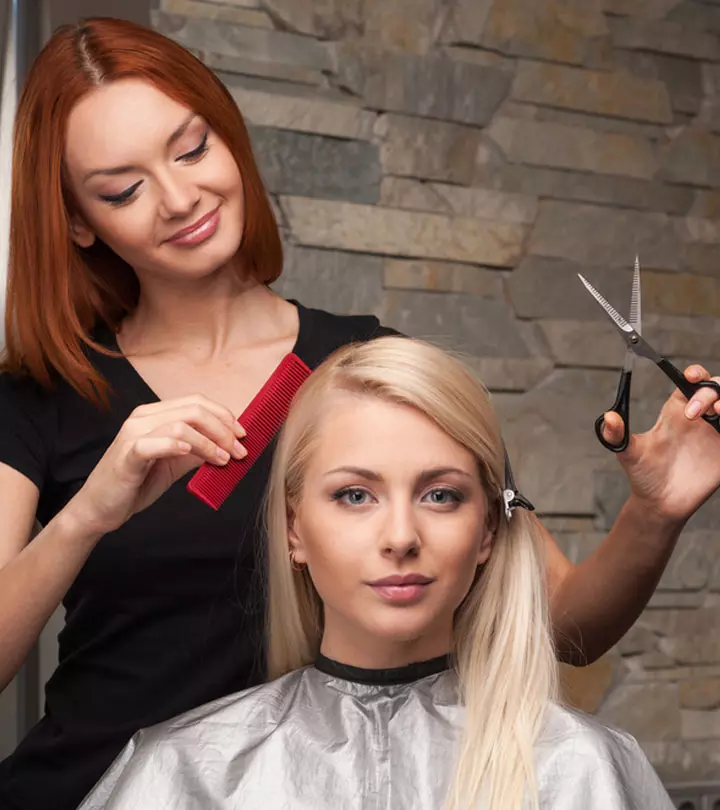
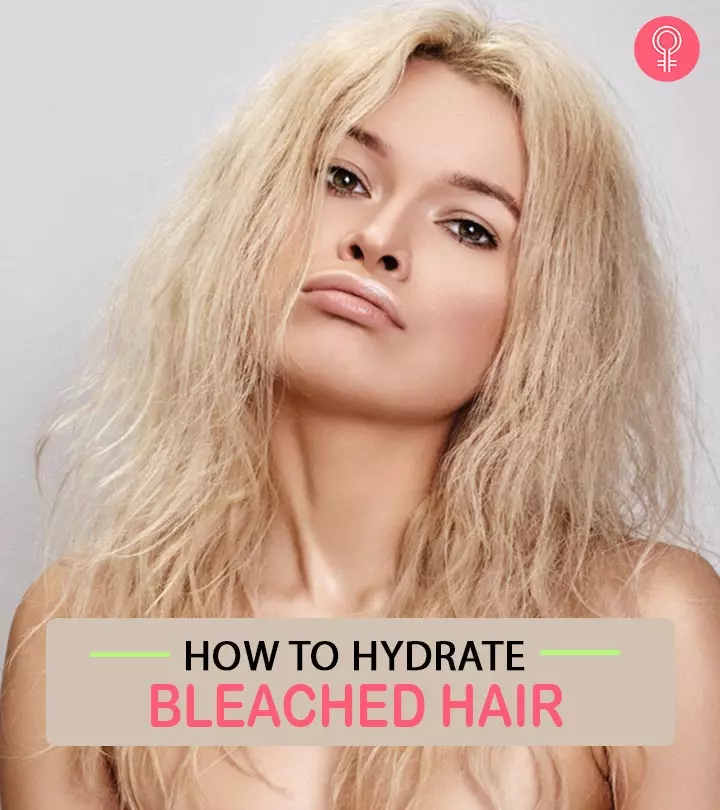
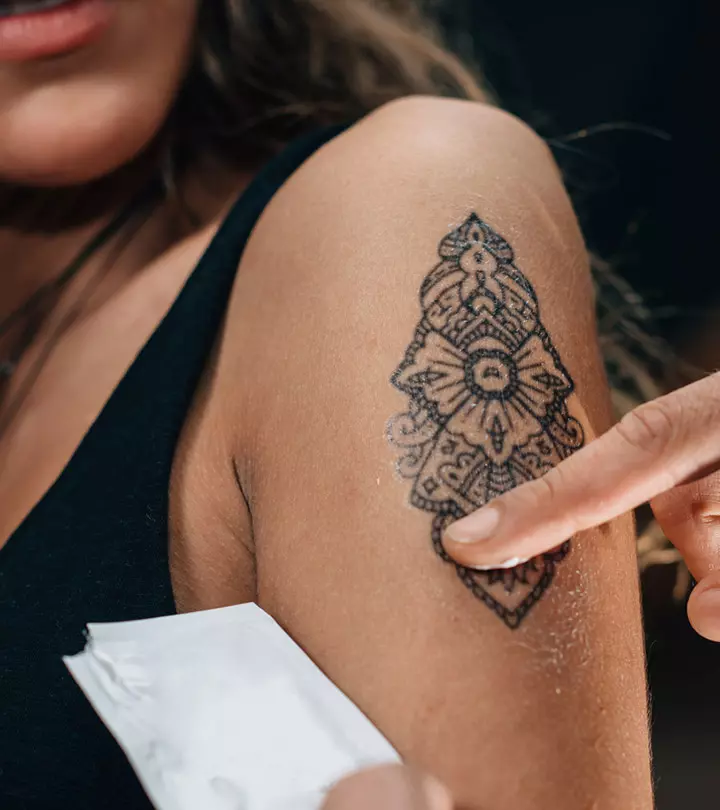
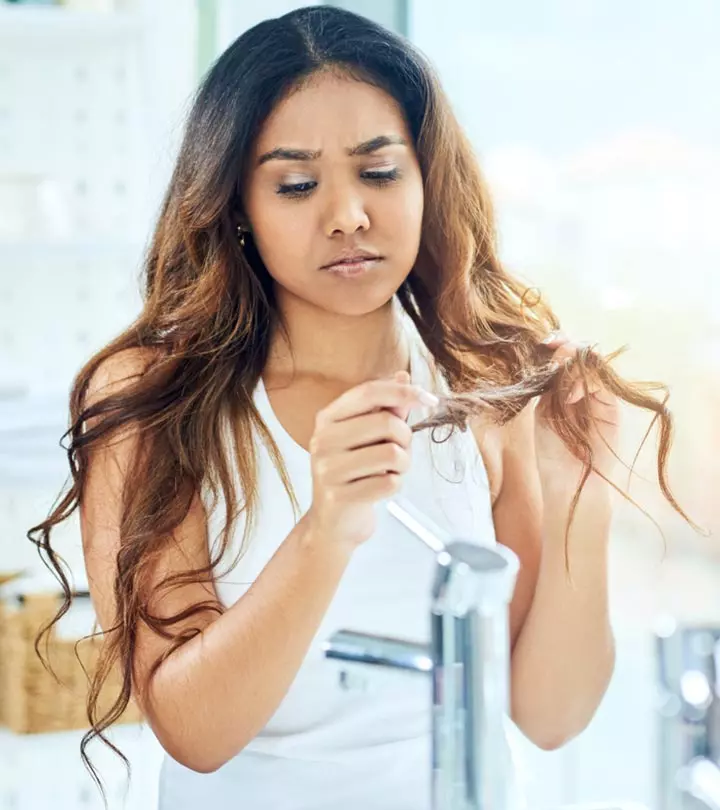
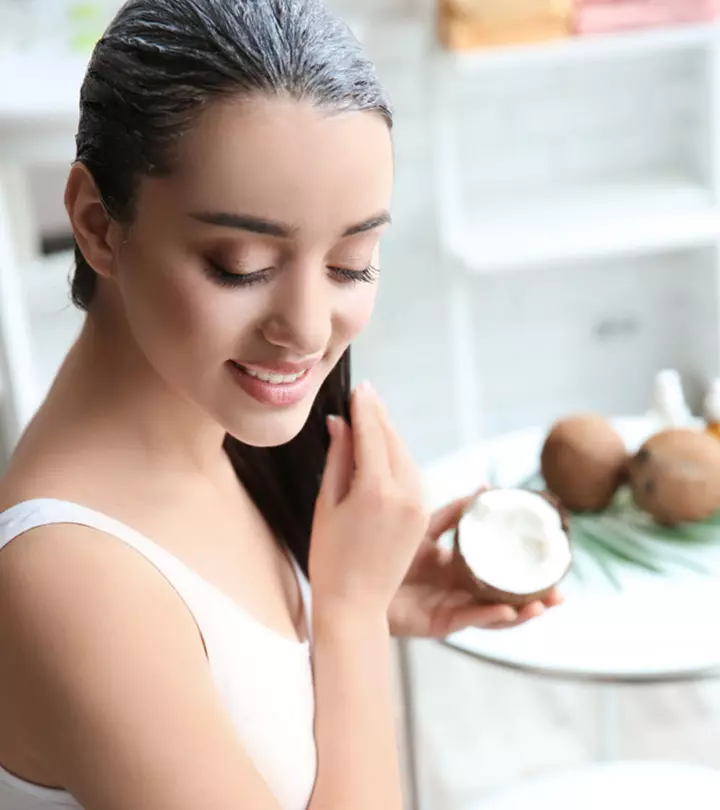
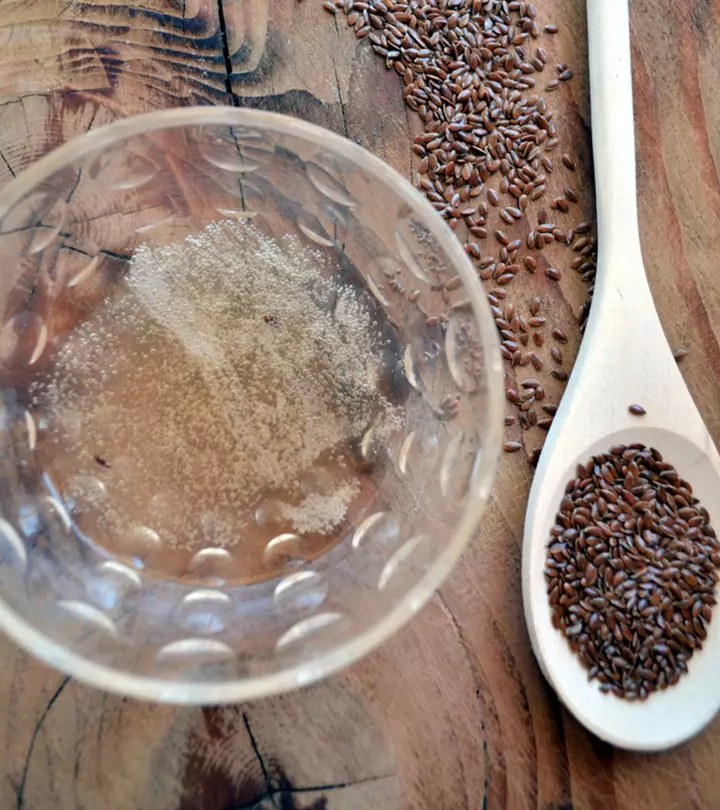
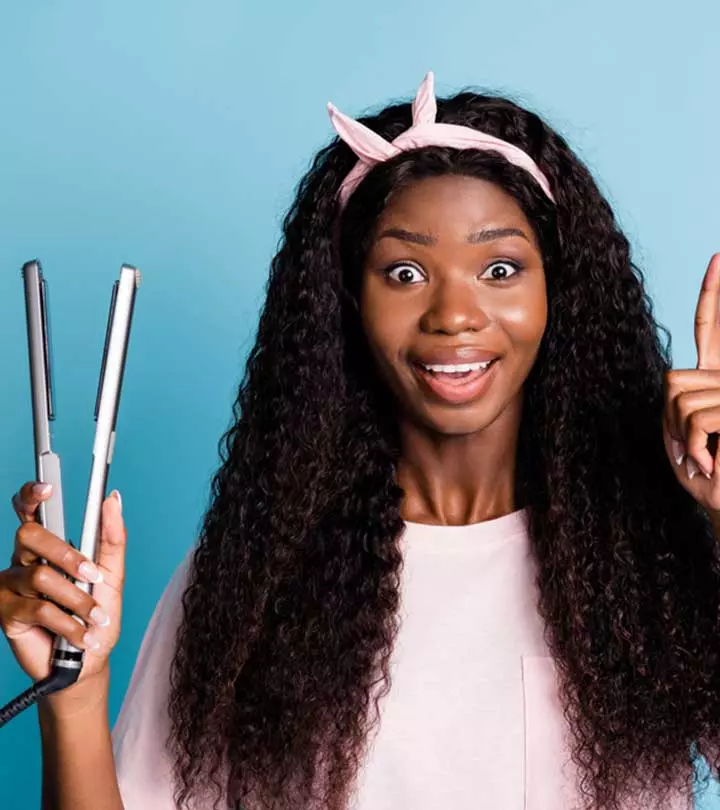
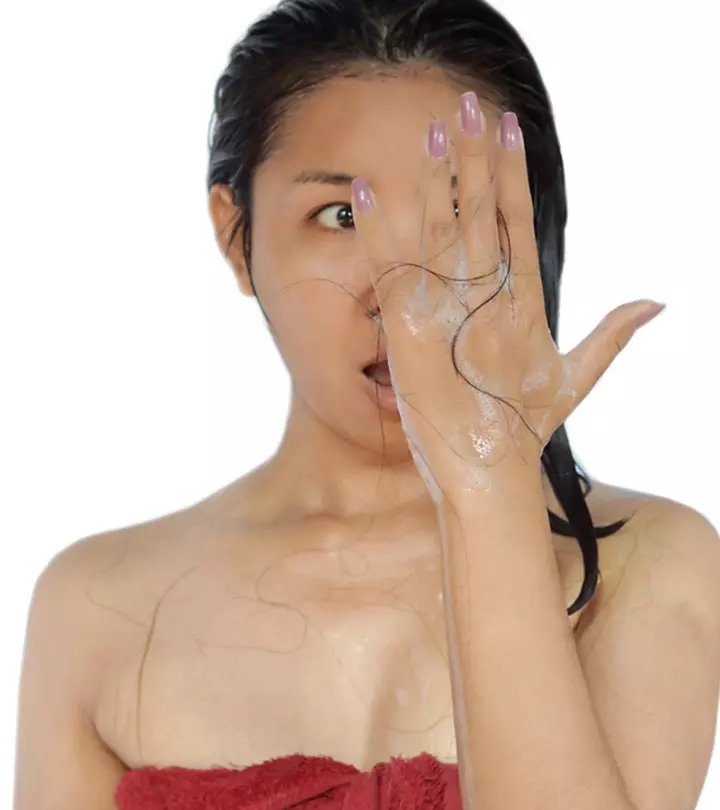


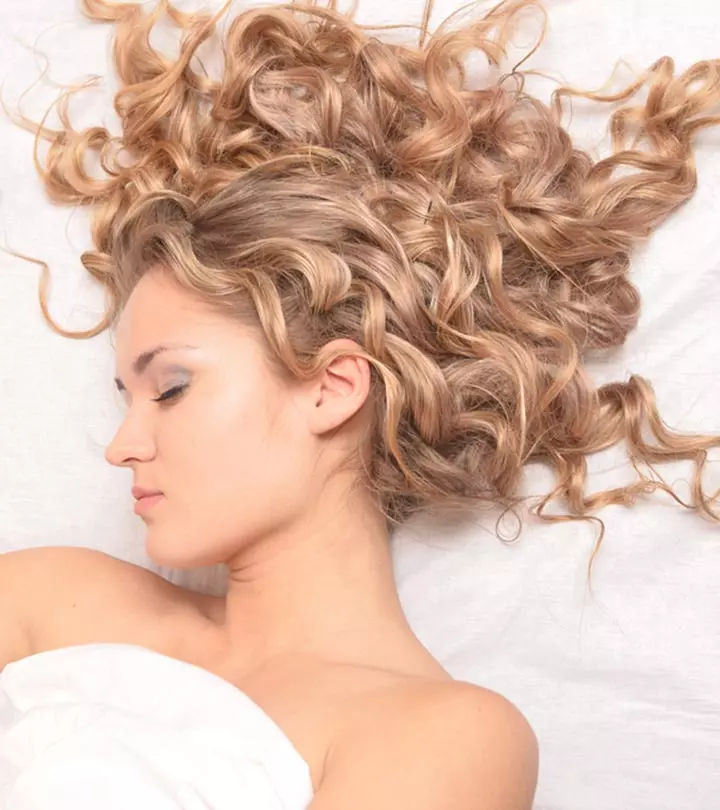
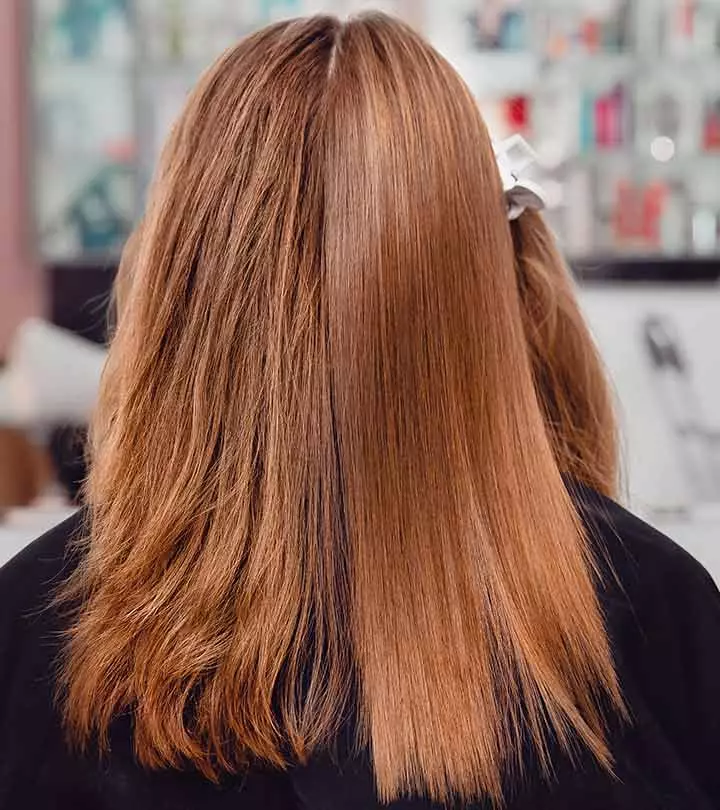
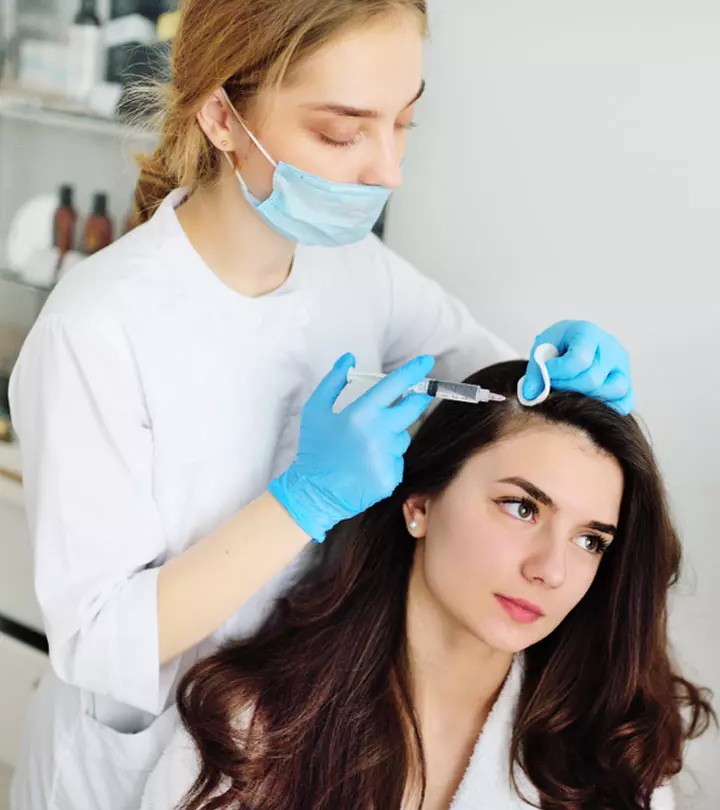

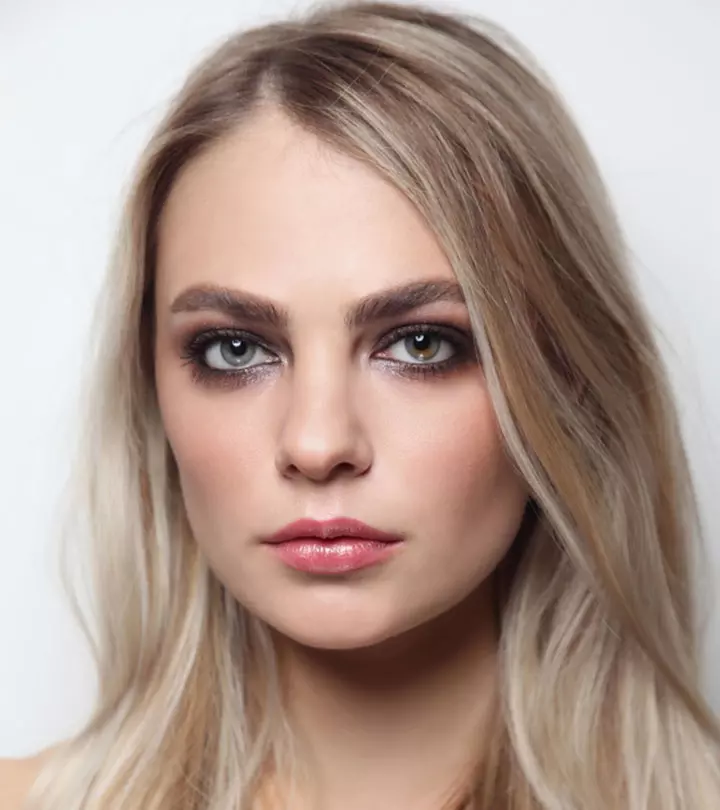
Community Experiences
Join the conversation and become a part of our empowering community! Share your stories, experiences, and insights to connect with other beauty, lifestyle, and health enthusiasts.